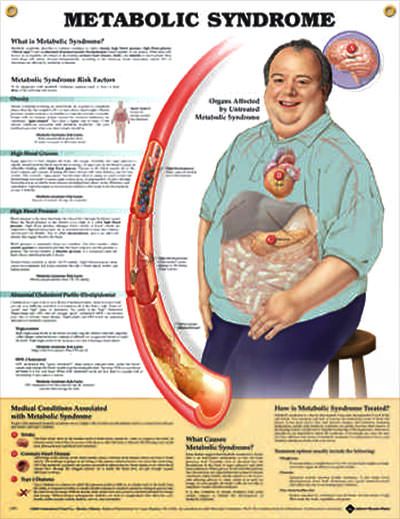Vitamin B3, other lifestyle factors and skin cancer, by Marc Sorenson, EdD
Vitamin B3 is not a topic I expected to find while checking out the latest on nutrition and skin cancer. Consequently, it surprised me that research showed an impressive effect of vitamin B3 on protection against non-melanoma skin cancers (NMSC). NMSC are also known as squamous and basal cell carcinomas (SCC and BCC). The protection occurs against UV (ultraviolet) light, which researchers claim is the prime factor causing squamous and basal cell cancers. In the aforementioned study, treatment with vitamin B3, 24 hours before exposure of skin to UV, reduced oxidative stress significantly. It also had the ability to repair DNA damage. This is another study demonstrating that sunlight is not the enemy. Rather, NMSC is due to a combination of factors, including environmental toxins, poor habits of hygiene, smoking, and poor nutrition.
When the skin lacks protection, which is too often the case, then excessive sun exposure can cause damage and pain.
However, that is not what happens in a well-adjusted and well-cared-for life. Protection, whether by vitamin B3 or other additional healthful factors, can stop the damage. This may render sun exposure one of God’s greatest gifts to human health and wellbeing. Sun exposure is really only a minor factor in NMSC.
Here are factors beyond sunlight (and vitamin B3) that make a difference in this skin cancer:
Smoking predicts a higher risk of squamous cell carcinoma (SCC). After adjustment for sun exposure, age and sex, smoking predicts a doubling of the risk for SCC. In addition, there is a dose/response relationship between the number of cigarettes smoked and the risk of SCC. Such a relationship also exists among those whose diets lack green, leafy vegetables and whose consumption of meat and fat are very high. Vitamin B3 could be a nutritional factor related to low vegetable consumption and high meat and fat consumption.
Obesity is also an important risk factor for NMSC.
One study suggests that being obese changes the tumor microenvironment, due to the chronic inflammatory state that generally accompanies obesity. Furthermore, Cancer mortality maps also indicate that NMSC mortality is highest in regions with the highest obesity (https://www.cdc.gov/obesity/data/prevalence-maps.html). However, this is not true of regions with the highest sunlight exposure.
The message:
Lack of Vitamin B3 is a factor for an increased number of NMSC and probably for other cancers. Yet, it is only one of many factors that protect the skin. When poor nutrition and other deleterious lifestyle habits disappear, the risk of NMSC decreases. Let us not blame the sun! 
Happy sunning!
For more information on sunlight and health, visit sunlightinstitute.org and read the book, Embrace the Sun.


